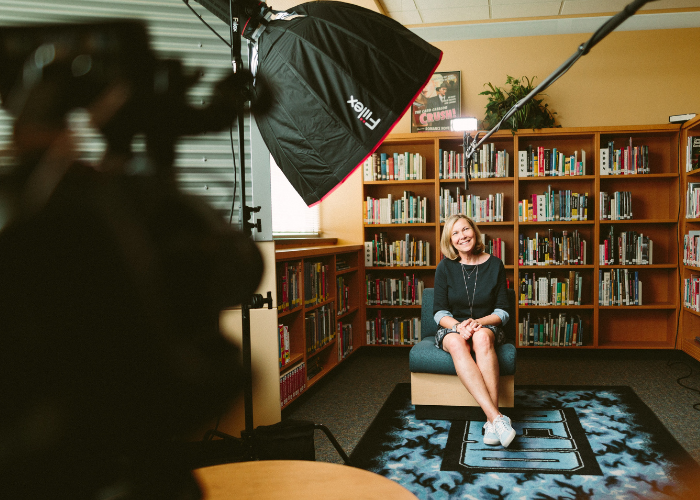We’ve just finished delivering in-person media training, across the country, to the incredible finalists in this year’s AgriFutures Rural Women’s Award. What an inspiring range of initiatives being championed by these women in their local communities.
In the sessions, we spent a fair bit of time on interview technique, because we all know that great interviews sit at the heart of great media content. In the spirit of our 21st year, here’s 21 tips to help you perform your best in a media interview.
- Remember the rule of 10 – make sure you listen to, read or watch at least 10 pieces of content from the journalist or publication you are interviewing with to get acquainted with their style and approach.
- Wear something you feel comfortable and confident in, and that is consistent to the subject you’re being interviewed for – don’t dress corporate if you’re being interviewed on-farm. Avoid distracting clothing or noisy accessories.
- Arrive early to the interview location and be ready to start on time. Or if by phone or online check that your equipment works well – check audio levels and video.
- Prepare and practice your talking points and key messages but don’t over prepare to the point you sound rehearsed.
- Be aware of your surroundings and avoid distractions or interruptions. (Don’t forget to put your mobile phone on silent).
- Listen carefully to the interviewer’s questions and answer them thoughtfully – always keeping in mind your own key messages you want to get across in the interview.
- Avoid using jargon or technical terms that the audience may not understand.
- Ask for clarification if you are unsure of a question.
- Speak in soundbites that can be easily quoted or replayed.
- Speak clearly and confidently but don’t be afraid to show your personality.
- Keep you answers concise and to the point, and avoid rambling or going off-topic.
- Be aware of your tone of voice and avoid speaking too quickly or softly.
- Record yourself and play it back to hear what others hear and to check if you are over using filler words such as “um” or “ah.”
- Be aware of your body language and maintain eye contact.
- Use examples and anecdotes to illustrate your points and bring your points to life.
- Don’t be defensive or get into arguments.
- Don’t make assumptions or speculate about unknowns. If you don’t know – say so.
- Stay calm and composed, even if you are asked tough questions.
- Stay in control and know how to bridge to your most important messages.
- Thank the interviewer for the opportunity and follow up with a thank-you note.
- Remain connected; stay in the journalist’s world by following them on social media etc.
If you’d like help to prepare for upcoming media opportunities, let us know and we can share details of our one-on-one or small group media training programs.
Sue Hardman

